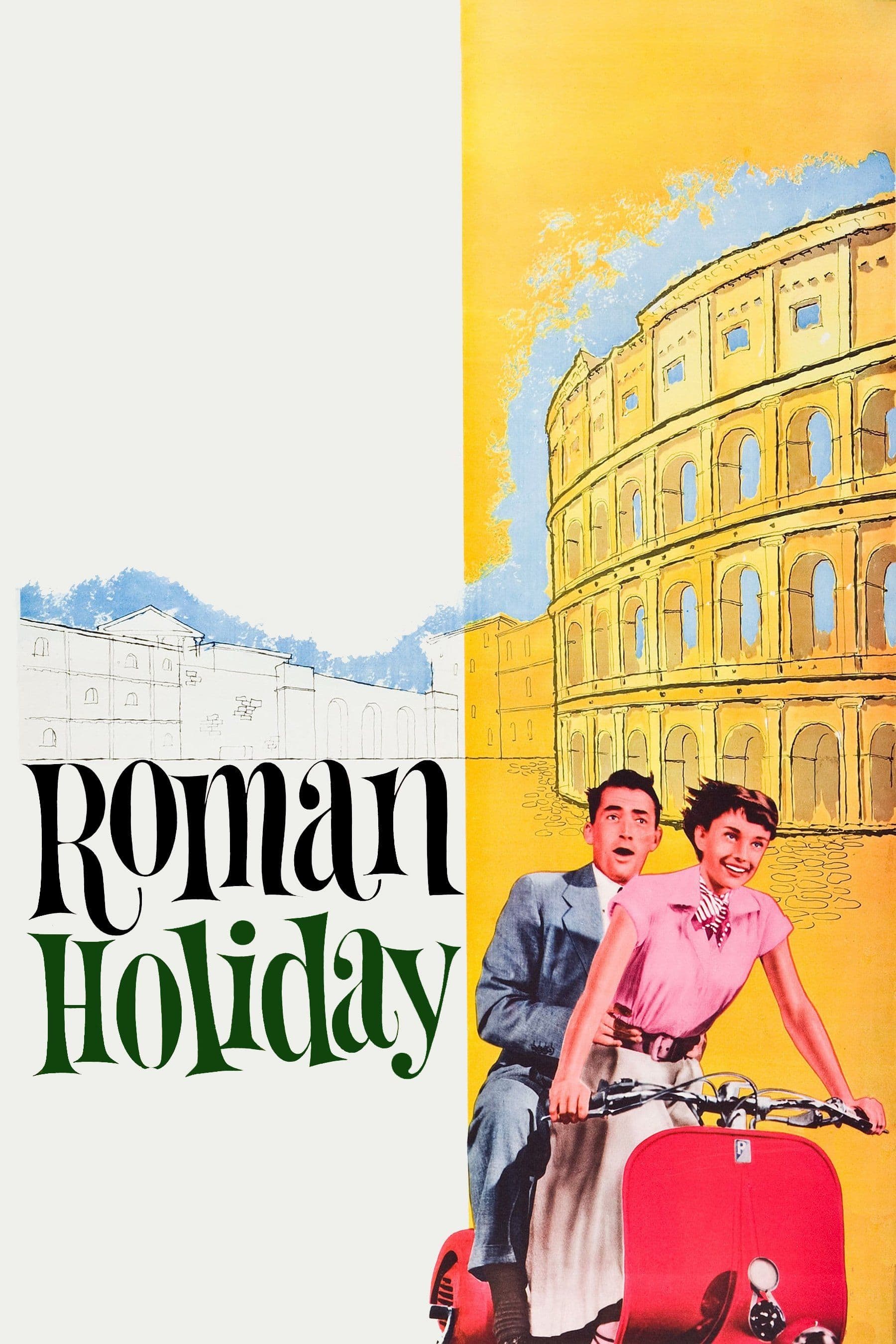
Roman Holiday
1953
Rate this movie
Average: 0.00 / 5
(0 votes)
Director
William Wyler's grace and restraint made this film, perhaps packaged around the popularity of its two lead actors, Gregory Peck and Audrey Hepburn, a true archetype of the romantic comedy, cited and revered by generations of filmmakers in the years to come. Wyler, a director with a measured touch but impeccable technique, who had already demonstrated his mastery in complex dramas such as The Best Years of Our Lives and The Heiress, applies the same rigorous attention to mise-en-scène and character psychology here, elevating a potentially light plot into a work of surprising emotional depth. His ability to extract authentic performances, often through dozens of takes, lends every gesture and every gaze of the protagonists a resonance that transcends mere entertainment, inscribing Roman Holiday not only into the canon of romantic comedy but also into that of cinema capable of delicately exploring the human condition.
The film centers on Princess Ann during an official visit to Rome. Her figure is emblematic: a young woman imprisoned by an imposed role, suffocated by the ritual and protocol that dictate every moment of her public existence. This gilded imprisonment manifests not only in the rigidity of her schedule but also in her evident fatigue, almost a form of existential malaise. After breaking free from the rigid court protocol, in an act of rebellion as impulsive as it is cathartic, the young woman, during her nocturnal escape, meets an American reporter, Joe Bradley, who hosts her in his Roman home. This fortuitous encounter is the engine of a narrative that, despite its apparent simplicity, conceals a keen exploration of the contrast between duty and desire, between public image and the search for an inner truth. Joe, initially cynical and opportunistic, sees the princess as an unmissable "scoop," but his professional mask soon cracks in the face of Ann's genuine nature and vulnerability, triggering a transformation that affects both of them.
With him, she explores the wonders of a city poised between historical eternity and metropolitan chaos, a post-war Rome that is regaining its vitality, vibrant and authentic. The city itself becomes a character, a catalyst for freedom and discovery. Its piazzas, its ruins, its alleyways are not just picturesque backdrops, but spaces of liberation, stages for a real life that Ann has never known. Famous are the scenes in which the two ride around Rome on a legendary blue Lambretta, a symbol of a reborn Italy, of a lightness and carefree spirit gained after difficult years. The choice of black and white, far from being a limitation, enhances the photogenicity of the eternal city, giving it a timeless aura, almost a dreamlike dimension that perfectly aligns with Ann's escape. Consider the iconic sequence of the Mouth of Truth, made even more vivid by Gregory Peck's improvisation, who, jokingly, pretended to lose his hand, eliciting a genuine scream from Audrey Hepburn that Wyler, with his acumen, decided to keep in the final edit, proving the spontaneity and irreplaceable chemistry between the two actors.
A work by no means obvious, which does not make simplistic feel-goodism its cornerstone, but rather finds its strengths in street folklore, in the discovery of a wonderful city, and in the romantic vitality of a love born by chance and destined for a bittersweet ending. The absence of the classic Hollywood "happy ending" is one of its most revolutionary and courageous traits. Wyler resists the temptation of an easy resolution, choosing instead to emphasize the harsh reality of duty and royal responsibility, imbuing the film with an intrinsic melancholy that elevates its message. It is not a rejection of love, but the awareness that some destinies are predefined, and that happiness cannot always coincide with the fulfillment of a personal desire. This thematic maturity, far from any forced idealization, makes Roman Holiday a timeless classic, capable of resonating with the same intensity even today. Audrey Hepburn's performance, which earned her an Oscar, was crucial in defining the character of Ann: her ethereal grace, her almost childlike vulnerability, and her innate elegance create a modern princess figure, capable of connecting with the audience far beyond her royal status. The film also marks a turning point for Hepburn's career, propelling her into the pantheon of stars and solidifying her image as a style icon, thanks in part to the costumes designed by Edith Head.
Wyler is a graceful and skilled director; some of his filming techniques have made history: one in particular, the camera following the Lambretta through traffic, conveying a sense of movement and romantic enchantment. The decision to shoot entirely on location, an ambitious undertaking for the time, lends the film unparalleled visual authenticity, transporting the viewer directly into the beating heart of Rome. It is a masterpiece of balance between the lightness of comedy and the gravity of its themes, between laughter and a sigh, demonstrating how true romance does not necessarily reside in "happily ever after," but in the intensity of a stolen moment, in the ephemeral beauty of freedom gained, even if for just one unforgettable day. The echo of Roman Holiday still reverberates in cinema today, not only as a model of romantic comedy but also as a testament to the big screen's ability to tell universal stories of growth, sacrifice, and the eternal conflict between who one is and who one desires to be. Not to forget the contribution, uncredited at the time due to the Hollywood "blacklist," of Dalton Trumbo to the screenplay, a detail that adds a further layer of complexity and fascination to the genesis of this legendary film.
Country
Gallery
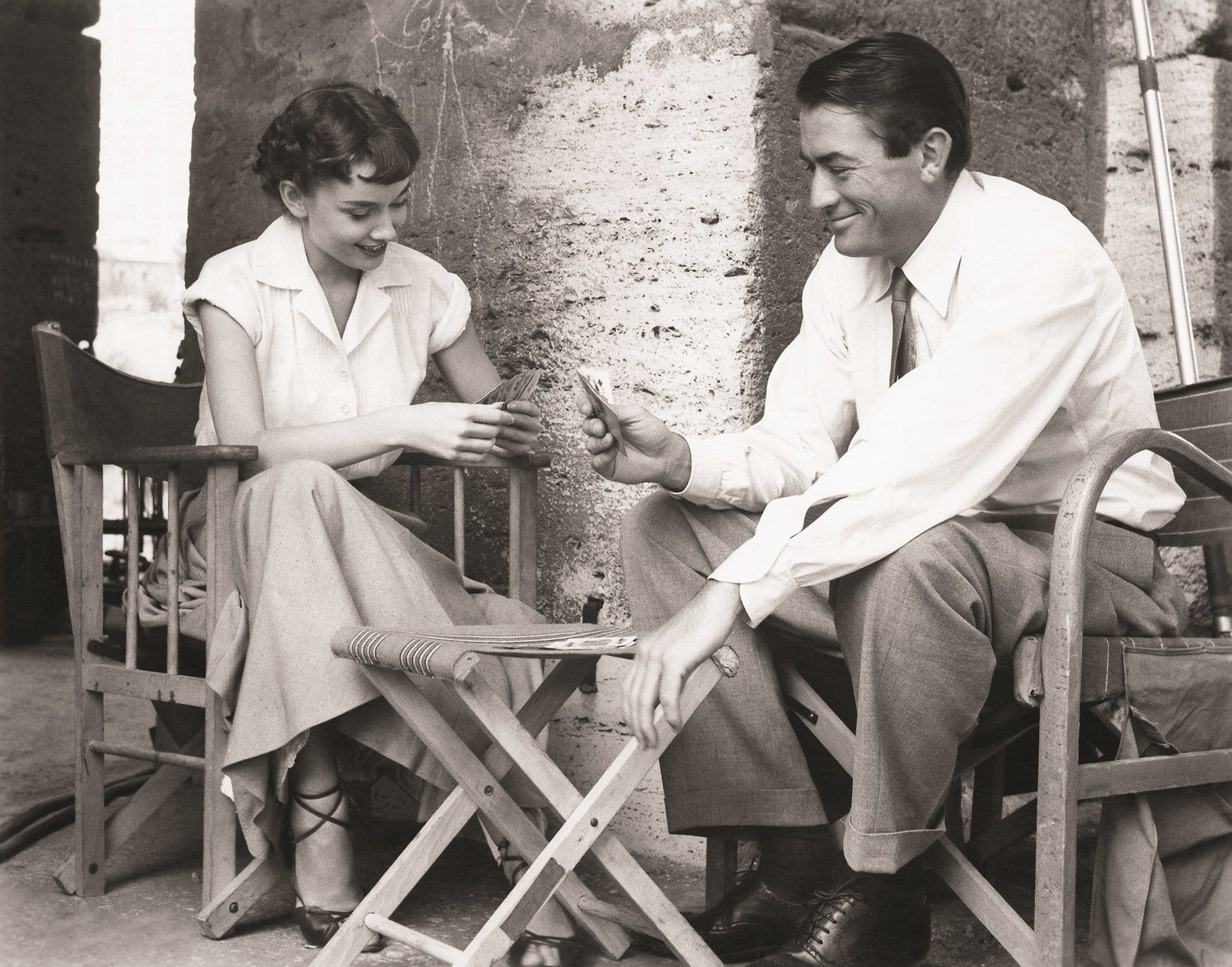
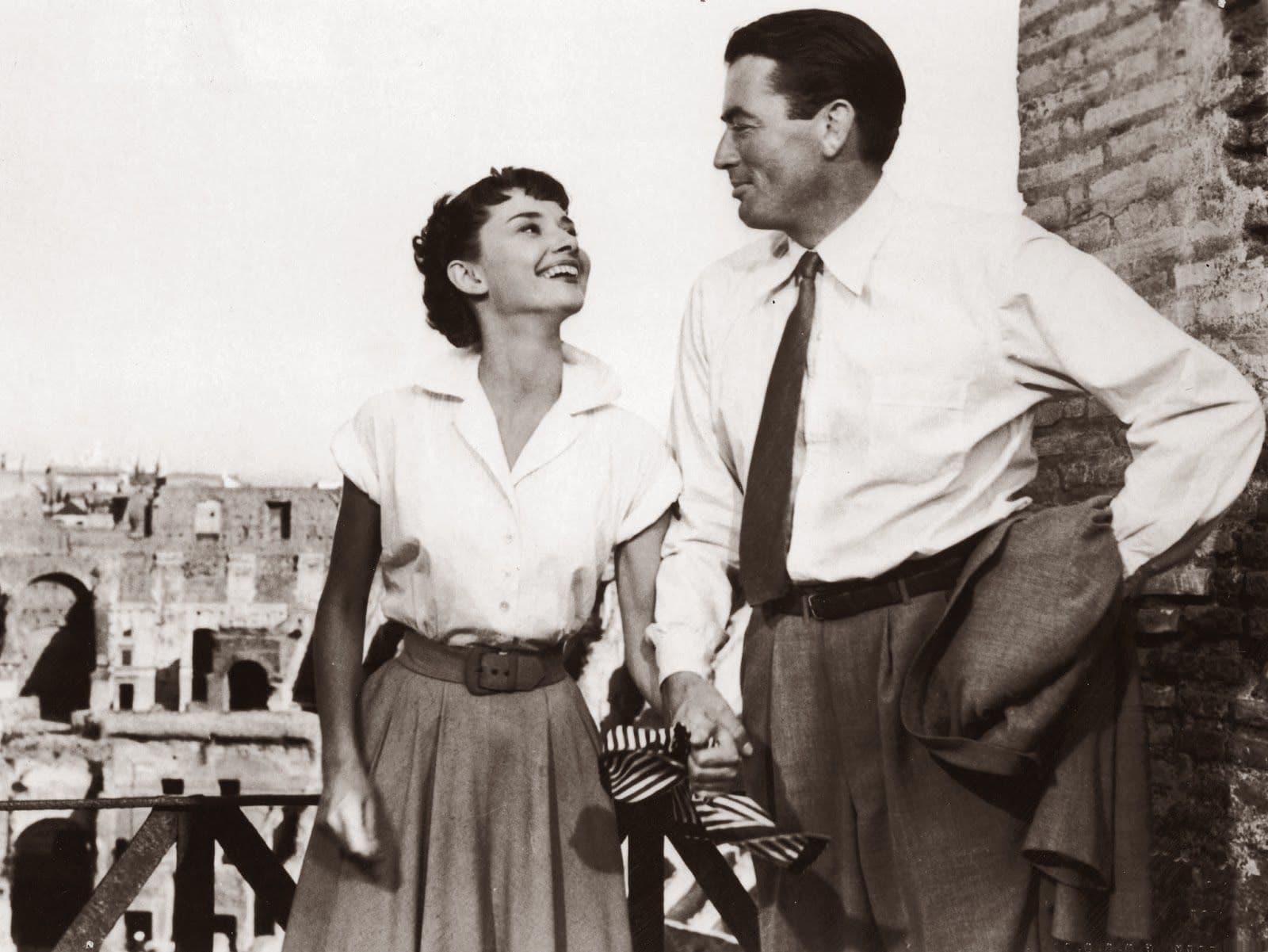
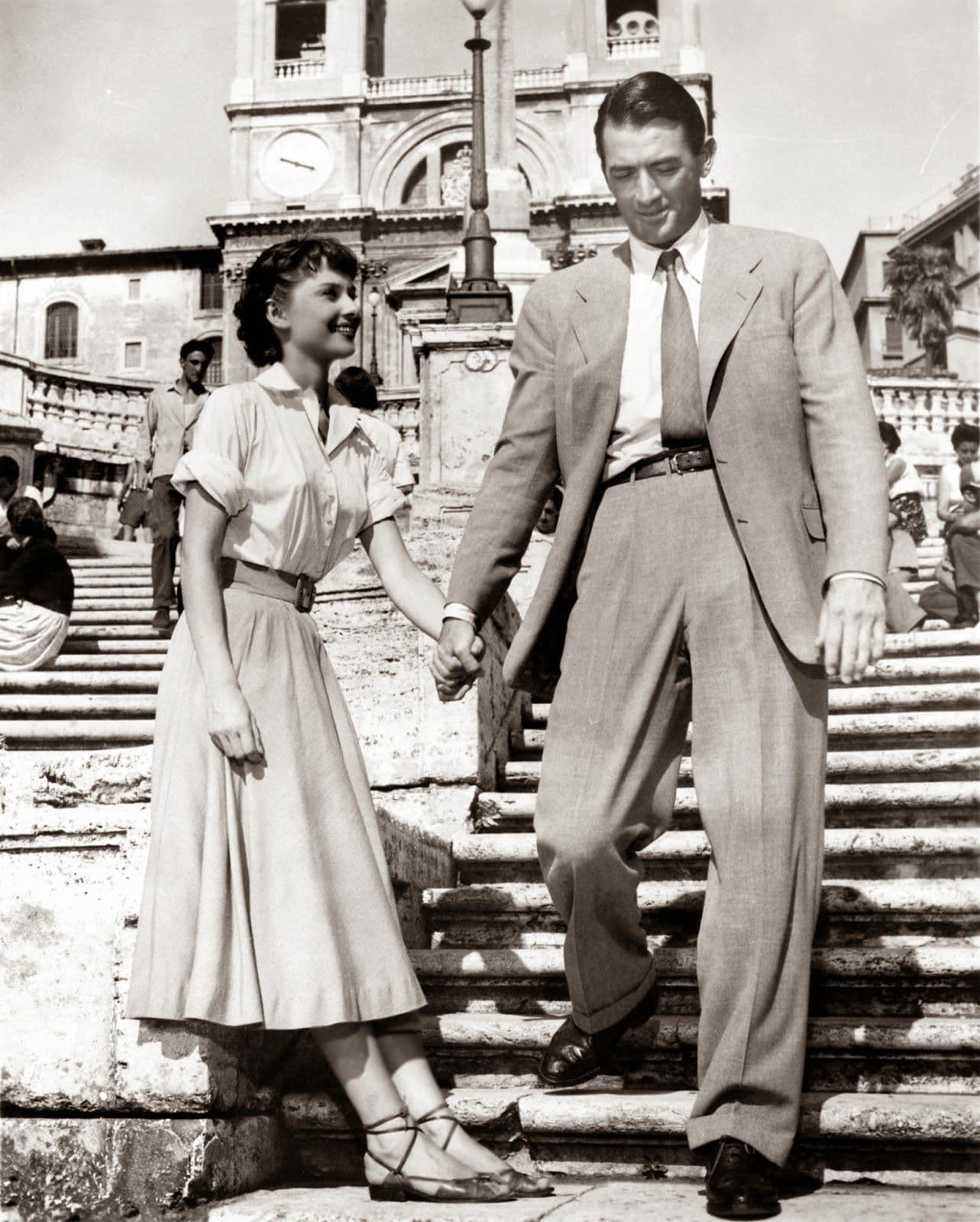
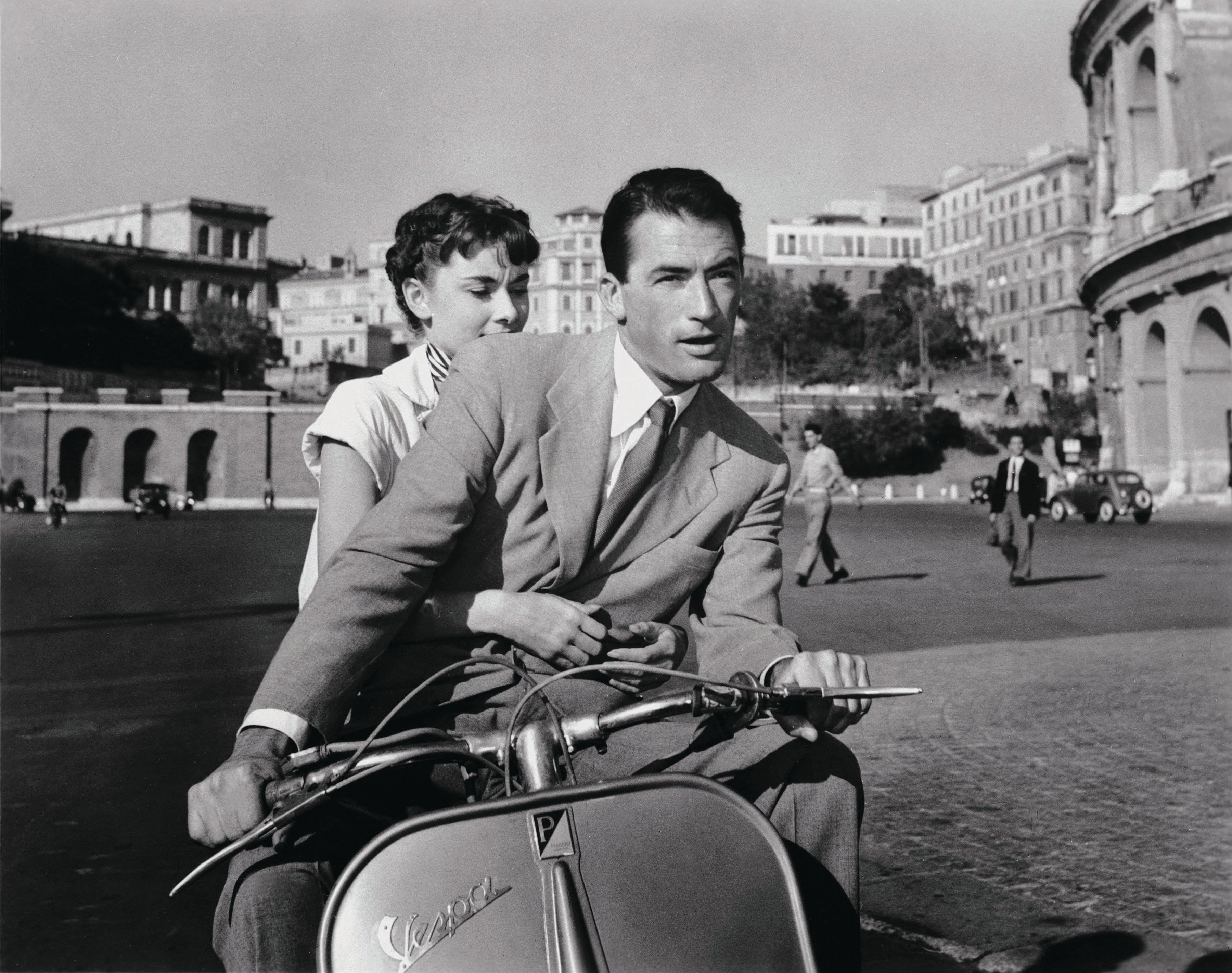
Featured Videos
Official Trailer
Comments
Loading comments...